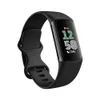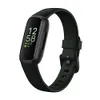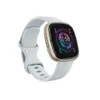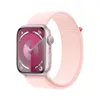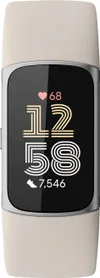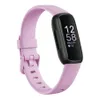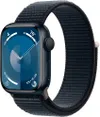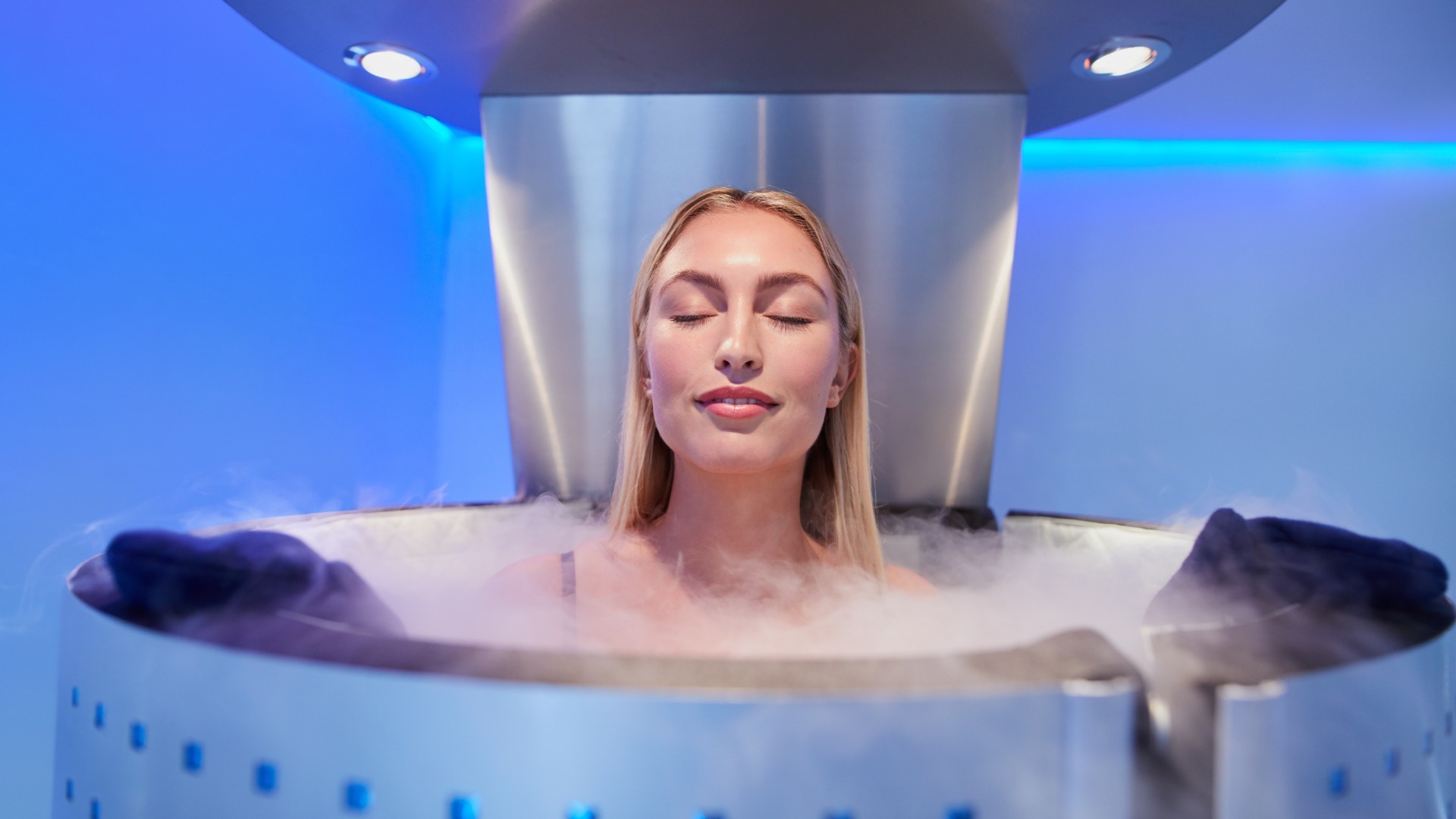
Plenty of health fitness trends on the market promise to transform your mental and physical well-being, and this time, I’m talking about cryotherapy.
The popular rise in biohacking has seen us humans turning to pretty much any technology if it makes us faster, fitter, stronger, younger, or all of the above. Whole-body extreme cold application, known as cryotherapy, has been taken up by everyone from pro sports teams and elite athletes to the regular gym-goer, and the benefits of cryotherapy are said to be extensive.
Cryotherapy is hardly new to the market, but I was surprised to hear just how beneficial two minutes could be, and having never tried it before, I headed to The Body Lab to see for myself. Here’s what I learned and what happened to my body after a two-minute cryotherapy session.
What is whole-body cryotherapy?
Cryotherapy is an extreme cold recovery therapy used to boost mood, reduce inflammation and enhance the body’s natural recovery process. It’s typically adopted by athletes and sports teams but can be beneficial for anyone willing to try it.
During a short session, your body temperature will rapidly reduce using a controlled cold environment, stimulating your body’s ability to heal naturally. According to The Body Lab, cryotherapy encourages “rapid constriction of blood vessels, followed by robust dilation” and “enhances blood circulation, flooding cells with oxygen and helping the detoxification process.”
As little as two minutes spent in a cryotherapy chamber could trigger endorphin release, boost mood and reduce pain. You may notice immediate benefits after just one session, such as a boost in energy and mood and reduced fatigue, but for best results, repeated sessions are recommended and require zero downtime.
I tried 2 minutes of cryotherapy — here’s what happened to my body
The experience could differ from place to place, but at The Body Lab, I was equipped with a headband, gloves, socks and face mask and asked to remove any jewelry or piercings. My cryotherapist (is that even a thing? Probably not) then briefed me on what to expect inside the chamber.
Get instant access to breaking news, the hottest reviews, great deals and helpful tips.
I had a quick temperature check and tentatively stepped inside the dual chamber, first entering a pre-chamber for 30 seconds at -60 degrees to help me acclimatize to the cold, then moving into the main chamber at -110 degrees. Here’s what happened next.
1. I struggled to control my breathing
Beginners are strongly advised to start with two minutes and sessions should always be overseen by a staff member. I stuck to 30 seconds in the pre-chamber followed by one minute and 30 seconds in the main chamber, which was plenty on my first go.
I found it difficult to control my breathing and had to fall back on some breathing exercises to keep my breath consistent. For some newcomers, I can imagine this as panic-inducing, which doesn’t exactly sell the experience, but I could see the timer counting down, which helped me to stay focused and calm.
Afterward, I stepped out, repeated the temperature check and began warming up again. My temperature had already decreased from 33 to around 24 degrees Celsius (91 to 72 degrees Fahrenheit) in just two minutes — yikes.
2. Two minutes felt like a lifetime
Naively, I expected this to be a pretty laidback and chilled experience, so I couldn’t believe how challenging two minutes could be (including 30 seconds in the pre-chamber to help me acclimatize).
You can stay in the main chamber for up to four minutes, but for beginners, the process takes some getting used to and I advise gradually increasing the time. The Body Lab says, “When exposed to extreme cold, our survival response is triggered, which has a cascade of positive effects,” especially on the nervous system.
Benefits include reduced muscle soreness and inflammation, accelerated training performance, enhanced recovery, reduced downtime between training sessions, improved sleep and a boost in mood and energy.
Ever the curious journalist, I did some digging into the existing research around perceived cryotherapy benefits to see what regular sessions could do.
What are the benefits of cryotherapy?
Does cryotherapy really help with inflammation? According to cryotherapy advocates like The Body Lab, and bodies of research, extreme cold reduces the inflammatory response to exercise by lowering skin and muscle temperature without impacting muscle regeneration.
Some studies, including a paper published in the journal Scientific Reports, have backed this up; sessions could reduce the downtime between training sessions and improve athletic performance and recovery.
The Body Lab says, “Once exposed to extreme cold, our bodies constrict our blood vessels and send all our blood toward our organs, known as vasoconstriction,” after returning to “normal” body temperature, the blood vessels expand again, “sending oxygen-rich blood back to tissues, known as vasodilation. This process can help flush out toxins and inflammation from our body.”
People also report better sleep and reduced anxiety, which a small study in the journal Archivum Immunologiae et Therapiae Experimentalis backs. The three-week whole-body cryotherapy regime used in the study suggests the therapy has the potential for short-term treatment of mood and anxiety disorders.

3. I felt amazing afterward
I felt stimulated and revitalized immediately afterward, which lasted for several hours and seemed impressive after such a short session. Buzzing and focused, I asked if this was common.
The Body Lab explains that whole-body cryotherapy sessions can “cause hormonal physiological responses such as the release of noradrenaline, endorphins and adrenaline,” making you feel alert and energetic.
There’s credible evidence that the therapy can reduce muscle and joint pain, too. I didn’t go into cryotherapy with muscle pain, but we’ve seen treatments like cold water immersion and ice pack application used post-workout to increase circulation and promote healing and it appears the extreme nature of cryotherapy could improve symptoms.
One study found sessions can have pain-relieving and anti-inflammatory effects by lowering the temperature of tissues and reducing pain receptor sensitivity. Meanwhile, a study in Rehabilitation on patients experiencing chronic pain found pain reduced for approximately 90 minutes after a cryotherapy session.
4. I didn't feel any different a few hours later
I’ve only had one session so far, so I can’t speak for the longer-term benefits of cryotherapy just yet, but although I felt amazing after one session, the effects only lasted for a few hours. The Body Lab recommends spending between two to four minutes in the chamber per session totaling 11 minutes per week for best results.
However, overdoing it or not following official guidance could come with some side effects, including potential frostbite, cold burns and hypoxia. These are uncommon but serve as a reminder that cryotherapy should always be performed under supervision and with pre-screening for existing health conditions and potential contraindications.
Who should avoid cryotherapy?
If you have an existing health condition such as hypertension, cardiovascular disease, a cold-sensitive medical condition like Raynaud’s disease, or you’re pregnant, cryotherapy might be unsafe. You should always seek medical advice and complete pre-screening before a cryotherapy session.
Final verdict
I’m still torn. On the one hand, I enjoyed the feeling immediately afterward, very similar to emerging from a freezing cold plunge pool, and it’s a great way to access a quick energy boost without doing much.
On the other hand, it’s an expensive way to access cold immersion and not all that enjoyable at the time — not that rehabilitation needs to be, but imagine standing in a giant freezer in your underwear while wearing a woolly set of gloves and socks.
If you can afford to do it, there are research-backed benefits on offer, and cryotherapy has been hugely popular with users over the years. But otherwise? I’d probably give it a miss.
More from Tom's Guide
- Forget weights — use this 5-move bodyweight workout to sculpt your upper body
- Build muscle all over and boost your metabolism in just 40 minutes with this full-body dumbbell workout
- Build full-body strength at home with this 16-minute kettlebell workout

Sam Hopes is a level 3 qualified trainer, a level 2 Reiki practitioner and fitness editor at Tom's Guide. She is also currently undertaking her Yoga For Athletes training course.
Sam has written for various fitness brands and websites over the years and has experience across brands at Future, such as Live Science, Fit&Well, Coach, and T3.
Having coached at fitness studios like F45 and Virgin Active and personal trained, Sam now primarily teaches outdoor bootcamps, bodyweight, calisthenics and kettlebells.
She also coaches mobility and flexibility classes several times a week and believes that true strength comes from a holistic approach to training your body.
Sam has completed two mixed doubles Hyrox competitions in London and the Netherlands and finished her first doubles attempt in 1:11.
